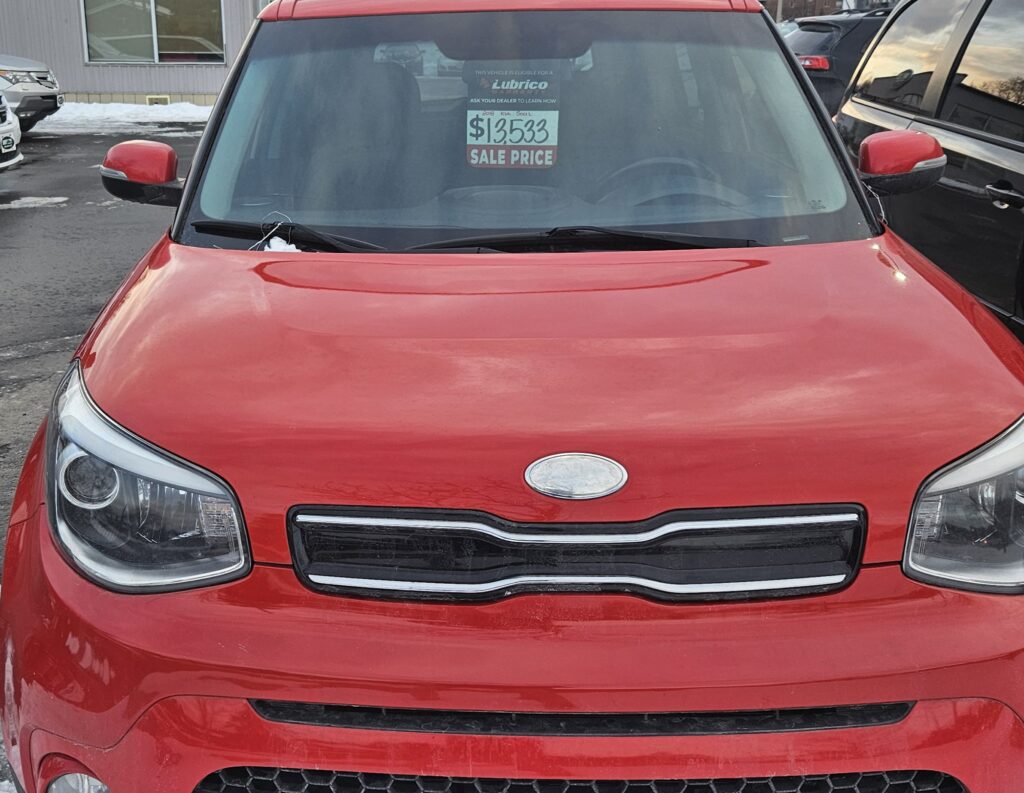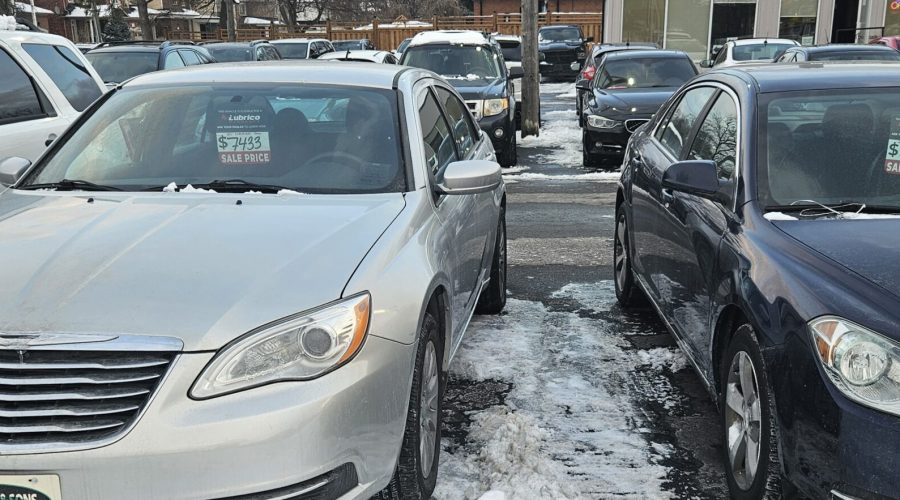When you are considering buying a used vehicle, you should look at three most important factors. First, it should be well-built with quality and with a good standing track record in the auto industry. Secondly, it should be well-cared and maintained with a good service history. Thirdly, it should be driven safely without previous collisions or curbside hits.
Here is an inspection list to help you to increase your odds of finding a safe and dependable car regardless of the source. None of these tips require any mechanical knowledge, just a willingness to spend a little more time before making any purchase.
Hands-on SPA inspection (Safety-Performance-Appearance)
If the car manages to pass a preliminary Department of Transportation safety certification and emission test, it does not mean that it covers every eventuality. Have it inspected by a mechanic you trust before you buy. Safety should be your biggest concern.
If you choose to do it yourself, check all tires for same size, ratings, tread depth, side wall crack, wear pattern and rim damage. Uneven tread wear indicates poor wheel alignment or an accident. In front tires, uneven tread wear may spell serious suspension problem or damage. Grab the top of each front tires and shake it toward and away from you to see if you hear a clunking sound, suspect loose or worn-out wheel bearing or suspension. Check the gap between all tires and mud flap or lower fender end. If the gap is uneven that may indicate frame/suspension damage. Avoid such cars or your car will suffer a lumpy ride.
Check brakes for firm feeling. A spongy pedal is sign of excessive wear or fluid leak. If the parking brakes are sticky or too loose, it’s a sign of wear or rusty cables. Check for noise and pulling to side on road test. The car should stop quickly and in a straight line. Unless the car has ABS, the pedal should not pulse under foot.
Check shock absorbers by pushing down hard at each corner of the car a few times to bounce it up and down and then letting go. If the car rebounds more than once before levelling off, the shocks are probably worn. Step back about 10 feet and see whether one side is lower than other. A lopsided car may need new springs or have a suspension problem.
Check steering for smooth and precise operation without much pulling, noise or vibration on high speed. Drive straight through a puddle, if possible, so you can use the wet tire track to see whether the front and rear wheels travel precisely in line. Only two tracks should be visible, not four. If the car sidles along like a crab, an accident has probably bent the body or frame. If the car’s steering simply pulls to one side due to uneven tire pressure, a wheel alignment will help.

All Major Components Should Perform Satisfactorily.
The engine should start easily and pick up smoothly without lurching, coughing or making odd noises. Knocking may signal costly repairs or it could be cured with higher octane fuel or a major tuneup.
If the engine oil is very dirty, thick, low or has water at the tip of the dipstick, gas odour or is overfilled and a dark sign of carbon build-up on dipstick or gum or sludge deposit inside the filler cap, all these symptoms means engine headache.
Rub a bit of oil between your fingers to feel for grit or take a few drops of oil on a tissue paper and place in front of headlight high beam. Extremely thick oil is sometimes used to muffle a noisy engine and hide leaks. These symptoms are a sure sign of lack of maintenance and a serious major problem.
Under the hood, have a look at overall condition of components. Look for cracked or worn belts. Green or pink residue on the radiator or hoses should signal a leak. Sludge, corrosion or off-coloured coolant in the recovery tank indicates a lack of maintenance. Check for new gasket or sealers around engine parts, these are the sign of recent repairs and you may ask sellers for the reasons.
Turn on all electrical accessorises including a/c, radio, wipers, high beam lights and now crank the engine. If the engine cranks and starts fine that means the battery has passed the load test. It is important for a cold start to have strong battery power. The battery should be clean and without white corrosion on terminals.
Take a test drive on a smooth road at variable speed and observe operation. It should shift smoothly without hesitation or slippage. It shouldn’t slam into gear or slip as you drive.
The manual transmission shouldn’t make clicking or grinding noises or pop out of gear. If the clutch does not engage until the pedal is nearly all the way up, or if the pedal doesn’t have an inch or so of free play at the top, you could face an expensive clutch job.
Check all lights including gauges on dash and warning lights such as brakes light. All must be confirmed in proper operations.
Check the instrument panel: Do all the gauges work? If the car has “check engine” or flashing “overdrive light” or any other warning light coming on while driving, have the proper diagnostic done before deciding to buy it. In some cases the problem could be very costly to repair.
Mohammad (Dr. Shah) Shahzad is a global automotive consultant/advisor and journalist. His motto is AutoMotive Is My Motive.






